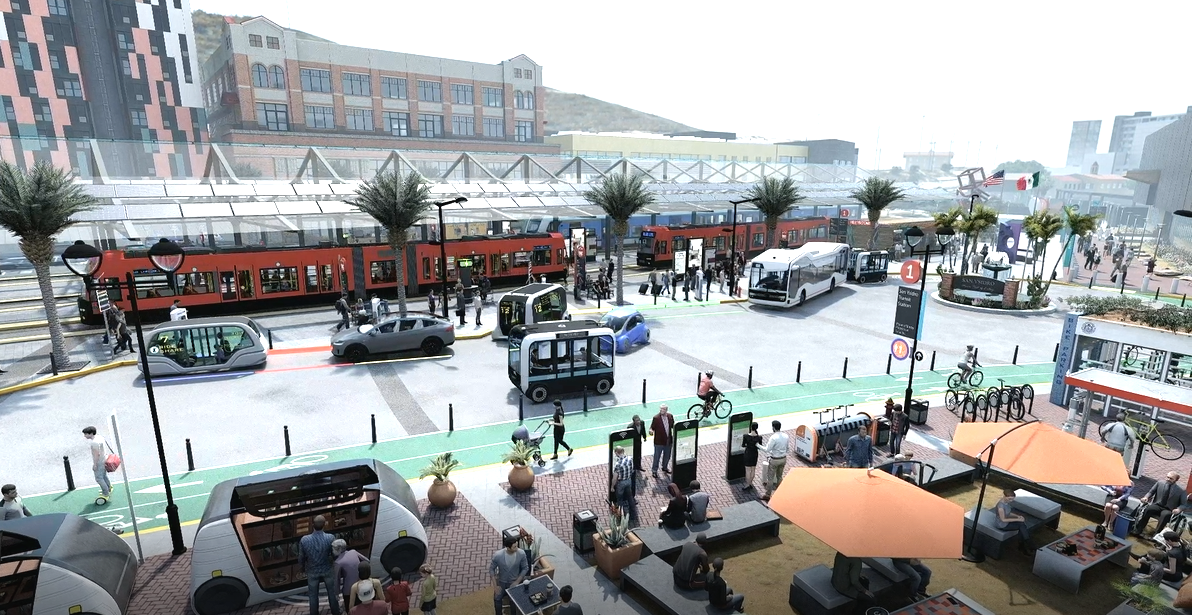California – Staff at the San Diego Association of Governments (SANDAG) presented a draft 2021 Regional Plan on August 14 that features $177 billion in projects and initiatives to address traffic congestion, social equity, and state and federal mandates.
 Titled San Diego Forward, the plan outlines a vision for San Diego transportation over 30 years. Its development will incorporate policies, programs, and technologies to implement a set of strategies for mobility called the 5 Big Moves.
Titled San Diego Forward, the plan outlines a vision for San Diego transportation over 30 years. Its development will incorporate policies, programs, and technologies to implement a set of strategies for mobility called the 5 Big Moves.Complete Corridors would provide a regional network with a variety of travel choices such as managed lanes, active transportation and demand management (ATDM), smart infrastructure and connected vehicles, curb management, and electric vehicle infrastructure. It also would prioritize transit, active transportation, and shared mobility services.
Transit Leap would offer high-speed, high-capacity, high-frequency transit services including commuter rail service every five to 10 minutes all day, light rail service every 10 minutes all day, next-generation rapid bus service every 10 minutes all day, local bus and microtransit services, and special transit projects such as a Central Mobility Hub to the San Diego International Airport.
Mobility Hubs are places of connectivity where walking, biking, transit, and shared mobility come together. Supportive land use and amenities as well as intelligent transportation solutions also would enhance the hubs that can span one, two, or a few miles to provide on-demand travel choice for short trips around a community.
The Flexible Fleets strategy builds on the popularity of shared mobility services such as micromobility options for bikes, scooters, and other rideables, ridesharing, microtransit, ridehailing, and last-mile delivery. Flexible Fleets are primarily accessible through mobile apps and can be operated by public and private agencies or through partnerships.
Next Operating System (OS) is a digital platform that uses technology and data to connect and manage different modes of transportation – passenger vehicles, buses, ride-sharing vehicles, delivery trucks, autonomous vehicles, bikes and scooters, and more – to improve overall efficiency and accessibility for people and goods to move throughout the region.
SANDAG staff will prepare more detailed documentation on the approach to developing the cost estimates that will be shared with the association’s working groups, policy advisory committees, and board of directors in late 2020.
A draft 2021 Regional Plan will be available for public review and comment in spring 2021, and the SANDAG board will be asked to adopt a plan in late 2021.
